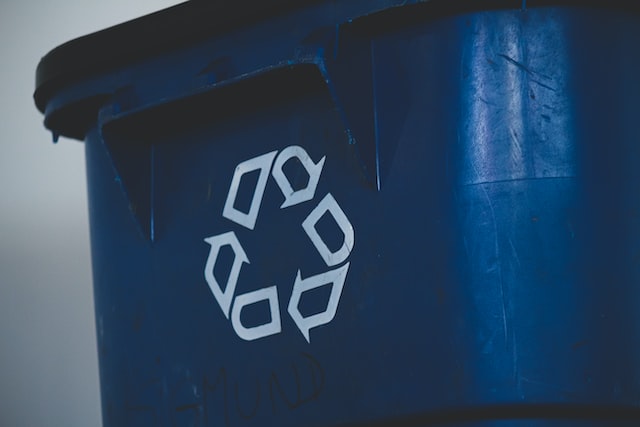Common Sample Bins For Recycling
If you’re interested in recycling more and doing it efficiently, there are several common sample bins you can use in your home. These include blue bins, green bins, and orange bins for recycling different kinds of materials. You can shop 32 gallon carts trash enclosure to save just make sure it has a long-lasting service life. Knowing which bins to use will help you sort and separate your recyclables more efficiently and save money.
Orange Bins for Recycling
Most of us have seen recycling bins at the curbside. They are designed to catch all recyclable materials and keep them separate. However, not everything can be recycled. For example, light bulbs, plastic containers, and used olive oil are not allowed in these bins. Some cities also have special bins for such items.
Green bins are used for glass items. These include bottles of vinegar, wine, or olive oil and glass containers. You can also place jars of sauce or jellies and pre-cooked beans. However, these items must be clean and free from lids and corks.
White Bins for Collecting Soft Plastics
You may be surprised to know that not all plastics can be recycled. Some of the most commonly recycled plastics, such as plastic bags and bottles, are not readily recyclable. In addition, many plastics are “metalized,” which means they are difficult to recycle. To get the best result, these plastics must be first classified, sorted into different grades, washed, and filtered. However, a few councils in Australia do accept these types of plastic.
Many people don’t know that soft plastics are recyclable. Most soft plastics are in general waste bins and land in landfills. This is because most of us only recycle small amounts of this material, and our soft plastic is typically low-grade. Recycling plastic reduces the plastic’s strength and needs to be reprocessed several times before it is usable again.
Green Bins for Collecting Organic Materials
Common green bins are bins used to collect organic materials that are compostable and recyclable. These materials are food scraps, wet or soiled paper products, and yard waste. This material is then made into compost used in local agriculture. These bins also accept more types of organic waste than standard waste bins, including used napkins, greasy pizza boxes, and wet paper bags.
Organic waste makes up over a third of California’s waste stream. It also contributes to global climate change, which makes it important to reduce organic waste. Putting organic waste in green bins will help the environment and improve water retention in the soil and return nutrients to it. These nutrients will be released gradually and help plants grow.
Blue Bins for Recycling
Common blue bins for recycling are used to collect recyclable materials. However, there are some restrictions on what you can put in your recycling bin. Some items can’t be recycled, like food waste and e-waste. If you aren’t sure what to put in your blue bin, check with your local waste management organization. Also, make sure the items you want to recycle are clean.
Recycling is an important part of the community. Most communities use colored bins for recycling, which must be labeled to ensure they are recycled correctly. There’s also a universal recycling symbol, three arrows chasing each other, which should accompany the labels.
Green Bins for Recycling
Recycling bins come in blue, yellow, and green colors. The blue bins hold clean paper and cardboard, while the yellow bins are for plastic bottles, cans, and hard plastics. The green bins are typically mixed paper products but can also accept other materials. These bins are most commonly found in schools, hospitals, and universities.
Green bins are also used for composting. They can hold food scraps and yard waste. Other things that can go into green bins include paper plates and napkins, coffee cups, waxed cardboard from vegetable deliveries, and even chicken and shellfish carcasses. Milk cartons and cardboard takeout boxes are also ideal for collecting food scraps. Plastic bags, meanwhile, should go in the garbage.
Purple Bins for Recycling
The common purple recycling bin is a new addition to the recycling industry. This type of bin is used for household waste, such as food, plastic bottles, and newspapers. It also contains pet waste. In Northern Virginia, residents are encouraged to use this type of bin for recyclable materials. However, some counties still use the blue bin for recycling glass.
Purple bins are also used for glass. Fairfax County has a recycling program that turns glass into new bottles. The county is aiming to expand its recycling program to include more drop-off locations in the future.

